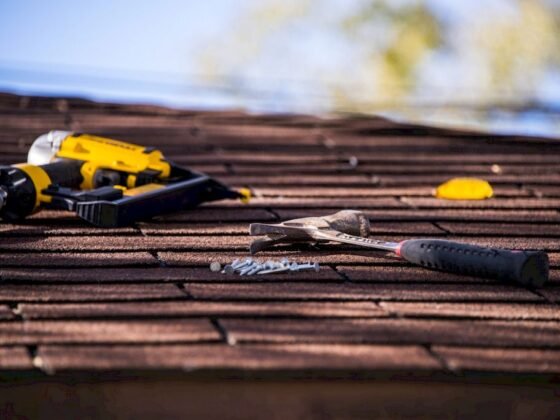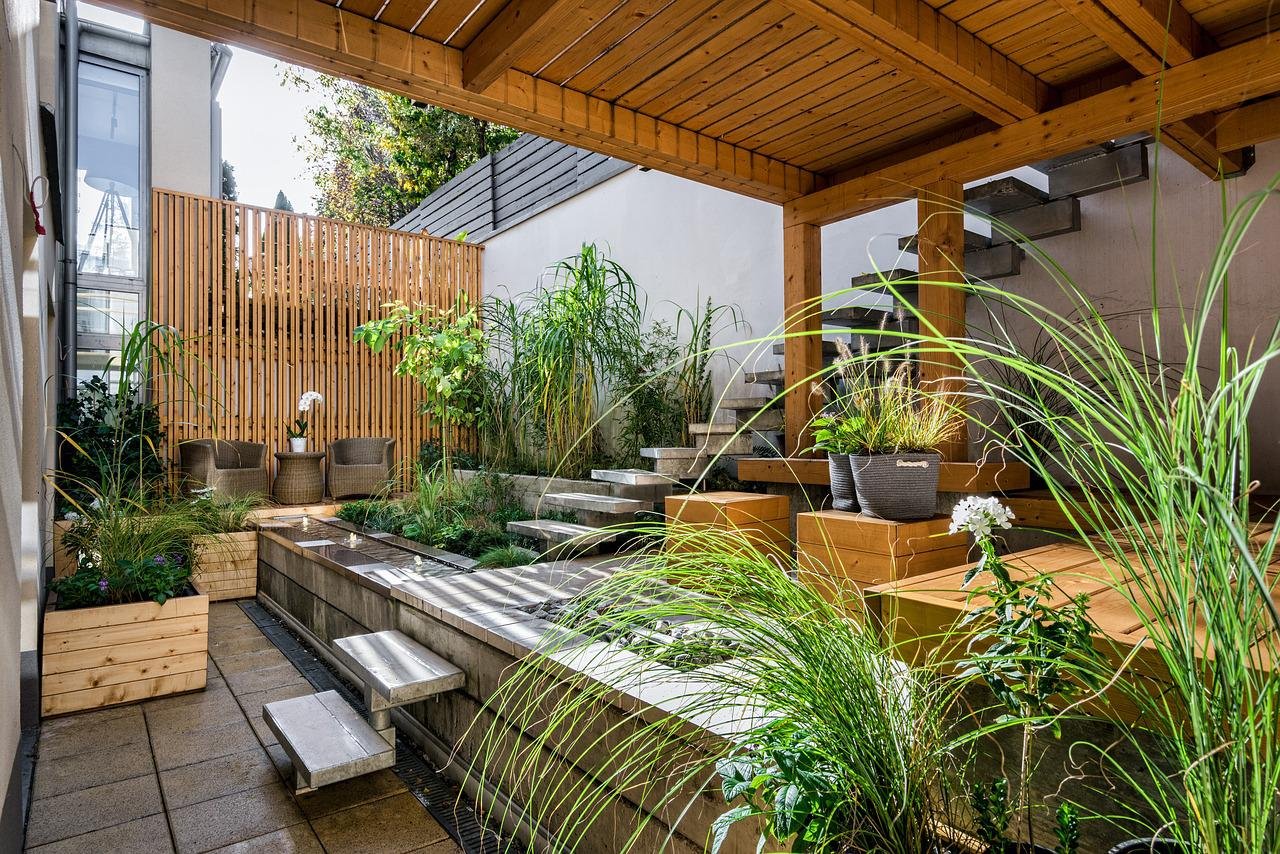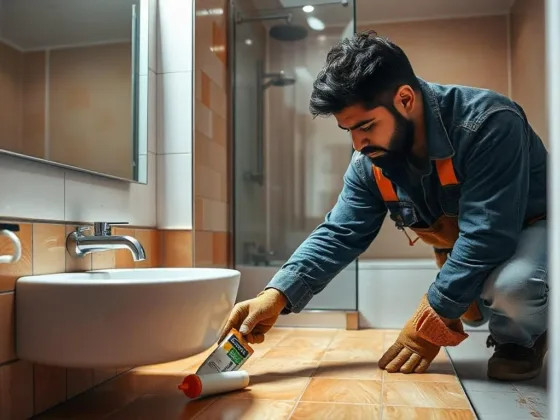Table of Contents Show
When most people think of air quality, they think of city smog, natural disasters, and other factors that all take place outside of their homes.
However, it’s important to pay attention to the air inside your home as well.
As poor indoor air quality can lead to exacerbated sinus problems, headaches, dizziness, and many other issues, you should always make sure that the air in your home is clean and healthy. But how can you do that?

Keep reading to learn about ten tips that will help you give your home the indoor air quality improvement it so desperately needs.
1. Promote Proper Airflow
One of the simplest ways to improve your home’s air quality is to promote airflow. Open up the windows, turn on some fans, and do whatever else you need to in order to get the air pumping around.
If you live in an apartment downtown, opening up the windows may let in the smoggy city air. In that case, you should open your windows at the right times, or buy a ventilator.
A ventilator will purify the air that comes in from the outside, ensuring that it doesn’t worsen your home’s air quality.
Read Also:
2. Check Your Air Filter
Your home’s HVAC system plays an enormous role in cleaning your home’s air. Make sure that the filter it uses isn’t filthy, otherwise, it will pump dust and other particles around your home.
If you’re not sure how to check your air filter or the state of your HVAC system, you can always work with a professional, such as Schneider Mechanical HVAC repair.
They’ll be able to inspect everything and switch out the dirty filter for you.
3. Get a Salt Lamp
It may seem like a bohemian myth, but salt lamps can also help boost the air quality of your home. If you’re unfamiliar with them, salt lamps are lights surrounded by a chunk of Himalayan salt. When the light is turned on, it emits negative ions into the air.
These negative ions work to eliminate positive particles, as well as different contaminants that can contribute to allergies and other sinus problems. Many people have found that salt lamps make a real difference in their comfort levels.
4. Invest in Some House Plants
Plants are great for removing toxins from out of the air and providing oxygen. If you don’t have any household plants, get some, and you may notice an improvement in air quality.
While all plants can provide you with oxygen and aesthetic value, some are better than others at removing impurities from the air. Look into getting English Ivy, Bamboo Palm, or Red Edged Dracaena.
5. Clean Your Clothes and Bedding
Do you have piles of dirty laundry laying around? How about bedding that you can’t remember the last time you washed? Make a point to clean any fabrics that are in your home from time to time.
Dust mites are one of the biggest contributors to poor air quality. They also happen to love curtains, bedding, and clothing. Wash these to prevent them from irritating your nose and throat.
6. Mix Essential Oils
Essential oils aren’t just for middle-aged women on Facebook. Everyone can take advantage of the benefits and good smells that they provide, as well as the fact that they help cut down on the smelly doors associated with bad air quality.
You can use essential oils in a diffuser, or combine them into a spray bottle and spray them around your home. Witch hazel, rosemary, and lavender are all great options. Make sure that whatever concoction your craft is safe before you spray it.
7. Get the Right Furniture
Aside from being uncomfortable, many cheaper pieces of furniture can also harm your home’s air quality. Even years later, the glue that manufacturers use to construct the pieces can release toxins, poisoning the air around your home.
Before you buy any piece of furniture, make sure to inquire about the production methods. If possible, you should also try to avoid buying furniture made of particleboard.
8. Buy an Air Purifier
As mentioned, a dirty HVAC unit can have serious repercussions for your home. However, by installing an air purifier, you’ll provide your HVAC system with the tools it needs to greatly improve your home’s air quality.
It’ll work to reduce pollen, dust, and animal dander levels. It will also kill mould, bacteria, and any viruses present.
9. Bring Humidity Levels Down
If you live in a region that experiences hot and sticky weather, make sure you do whatever possible to control humidity levels. Damp air increases the chances of mould growth, which can be a major contributor to respiratory issues.
Putting dehumidifiers around your house or apartment can help keep humidity levels down. You can also install a dehumidifier or air conditioner into your HVAC unit. This will keep your whole home cool and dry.
10. Avoid Harmful Cleaning Products
Cleaning your home is important, as you help eliminate dust mites and other harmful particles. However, you should make sure that the cleaning products you use aren’t also bringing air quality down.
Industrial cleaners often leave a residue behind that can affect air quality. Try to go with natural products whenever possible. For example, vinegar and lemon won’t raise toxicity levels, and also do a great job at cleaning.
Follow These Tips for the Indoor Air Quality Improvement Your Home Needs
Poor indoor air quality can come from many different places and can have a serious impact on your health. Make sure to follow these indoor air quality improvement tips to create an environment that’s airy, fresh, and healthy.
Do you now have a better understanding of how to improve your home’s air quality? If you do, make sure to check out some of our other blog posts for more guides and tips.










